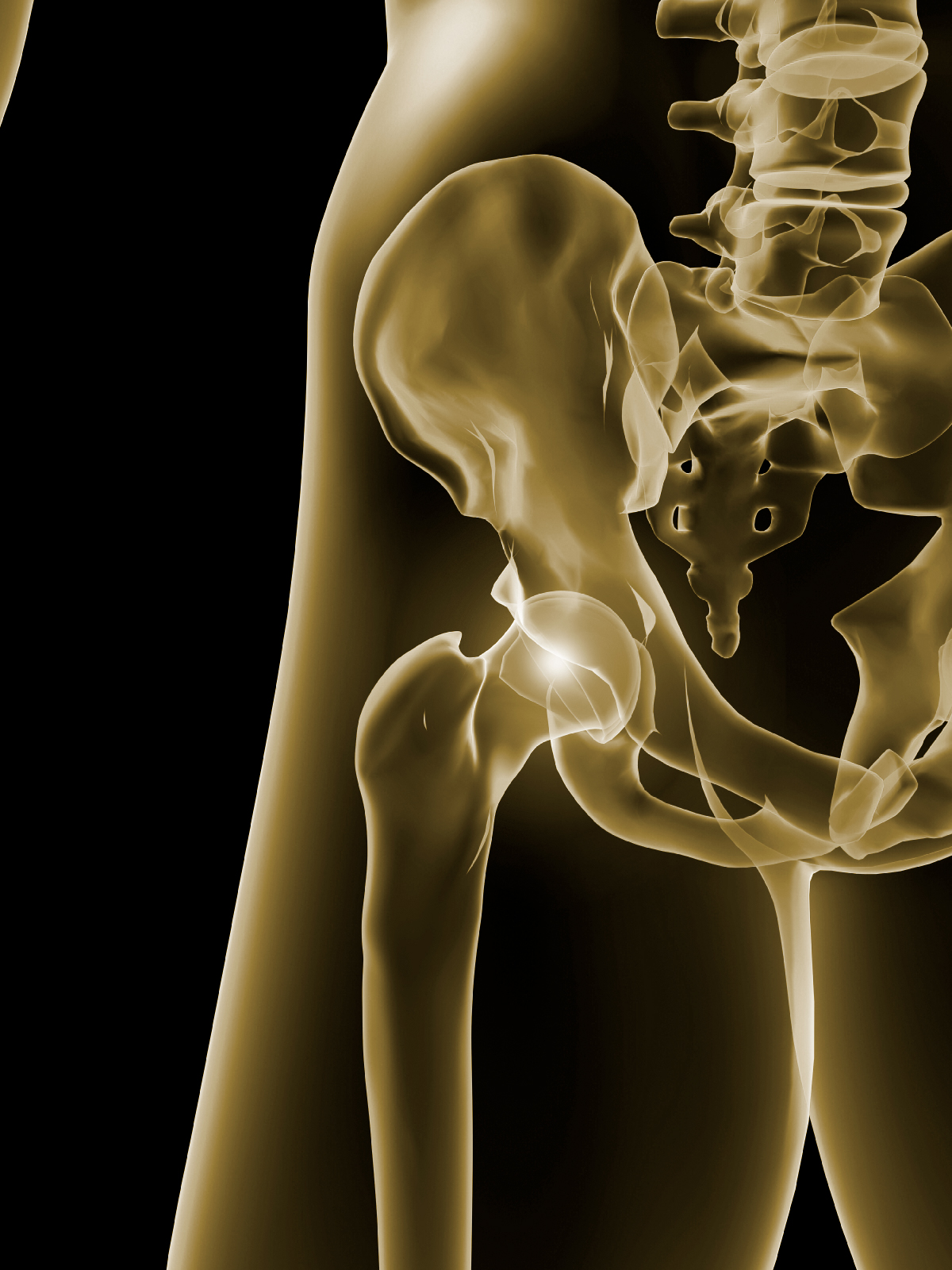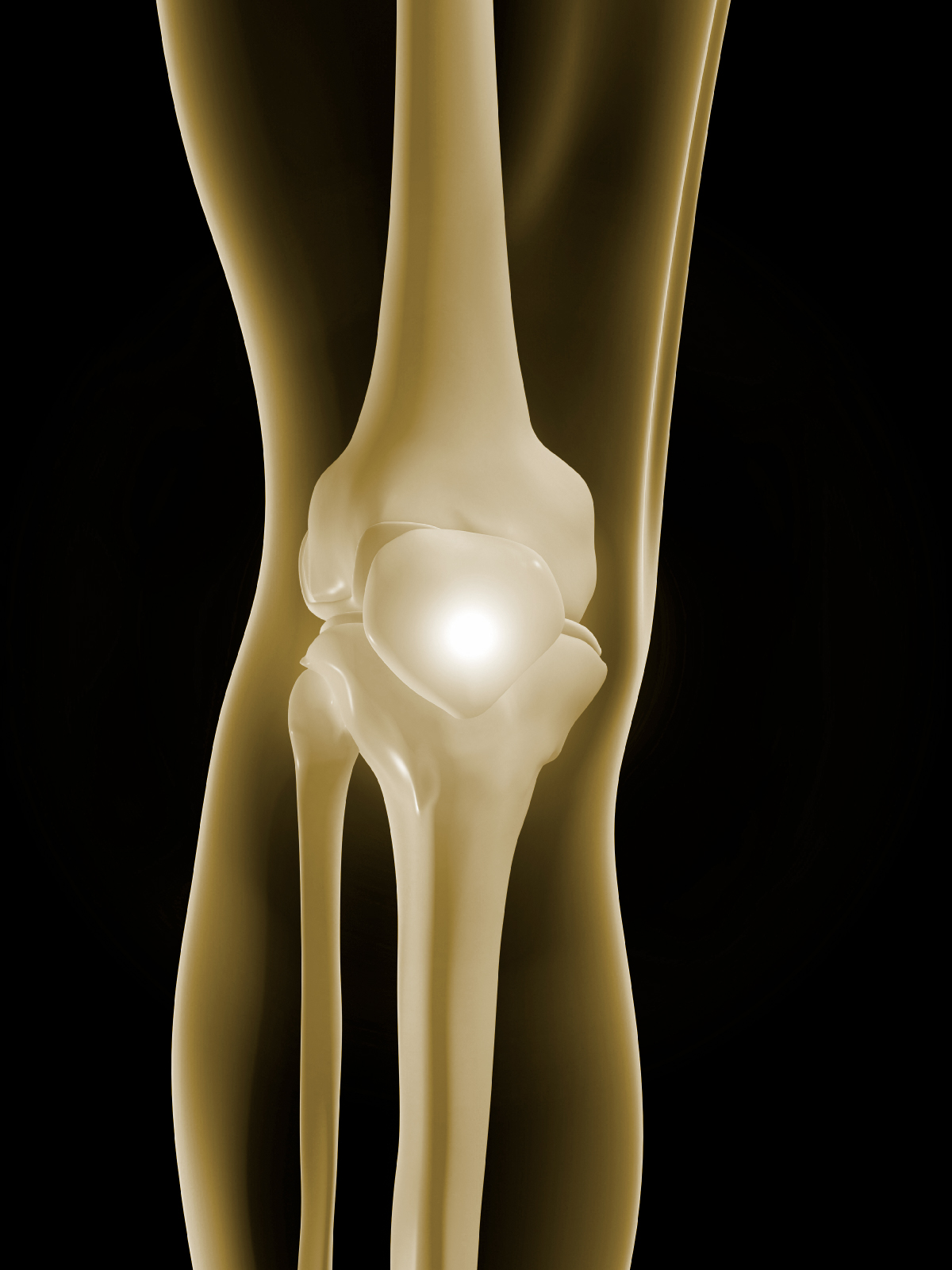In a typical hip or knee replacement surgery, a surgeon makes a 12-inch incision, cutting muscle, tendons and bone, and dislocating the existing joint. A patient spends three or four days in the hospital, then it’s a month before they can drive and three months before they can go back to work. Dr. Berger is a world-renowned orthopedic surgeon at Midwest Orthopaedics at Rush and assistant professor of orthopedics at Rush University Medical Center. He’s also a pioneer of minimally invasive joint replacement surgery. Just a few hours after most of Dr. Berger’s patients emerge from the operating room, they walk 200 feet around the nurse’s station and climb up and down a flight of 15 stairs. They then go home that very same day. There are a lot of functional restrictions that come with a traditional joint replacement surgery, and patients often must deal with a significant amount of pain. What Dr. Berger does is drastically different. With his minimally invasive approach, Dr. Berger makes a small 3- to 4-inch incision, without cutting through muscles, tendons, or ligaments. The result? Patients recover faster and shorter recovery times enable patients to move their joint quickly, before scar tissue builds up. Dr. Berger used his mechanical engineering background to develop unique surgical tools that enable him to maneuver around a patient’s muscles, tendons and ligaments to reach the arthritic bone. He carefully removes small pieces of the bone until he has enough space to implant the new prosthesis, which is the same type of prosthetic used in standard total joint replacements. With Dr. Berger’s minimally invasive approach, patients spend less time in the hospital and regain motion much more quickly. It’s what sets his procedure apart, and why so many physicians around the nation send their patients his way. Patients are back to work and driving in 1-2 weeks after surgery, instead of 2-3 months with a traditional replacement. Knee replacement patients have almost no functional restrictions post-surgery, as long as they listen to their body. Though hip replacement patients have a few more cautions during their recovery period—such as not bending more than 90 degrees, to avoid any risk of dislocation—most patients are back to doing yoga and other physical activities in three weeks. Prior to surgery, patients take a two-hour pre-operative education class, so they know exactly what to expect, and after surgery, both knee and hip patients have in-home physical therapy for 1-2 weeks, followed by 4-6 weeks of outpatient physical therapy. Hip dysplasia that left her with arthritis. After years of... 1611 W. Harrison, For General Inquiries ↓ Call us TodayWHAT TO EXPECT
HIP AND KNEE REPLACEMENTS WITH DR. RICHARD BERGER ARE ANYTHING BUT TYPICAL.
INSTEAD OF BEING IN THE HOSPITAL FOR FOUR TO FIVE DAYS, DR. BERGER’S PATIENTS ARE IN THE HOSPITAL FOR FOUR TO FIVE HOURS.
Procedures
Real Patient Results
Chicago, IL 60612.
Fill out form below
312-432-2557




